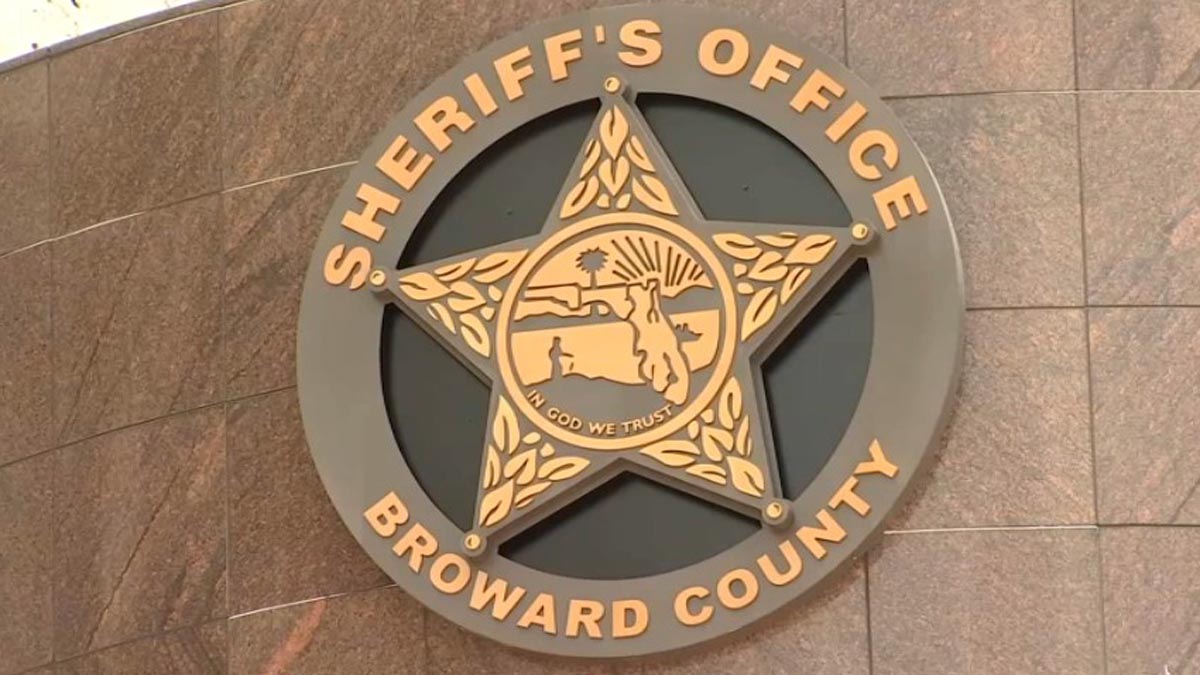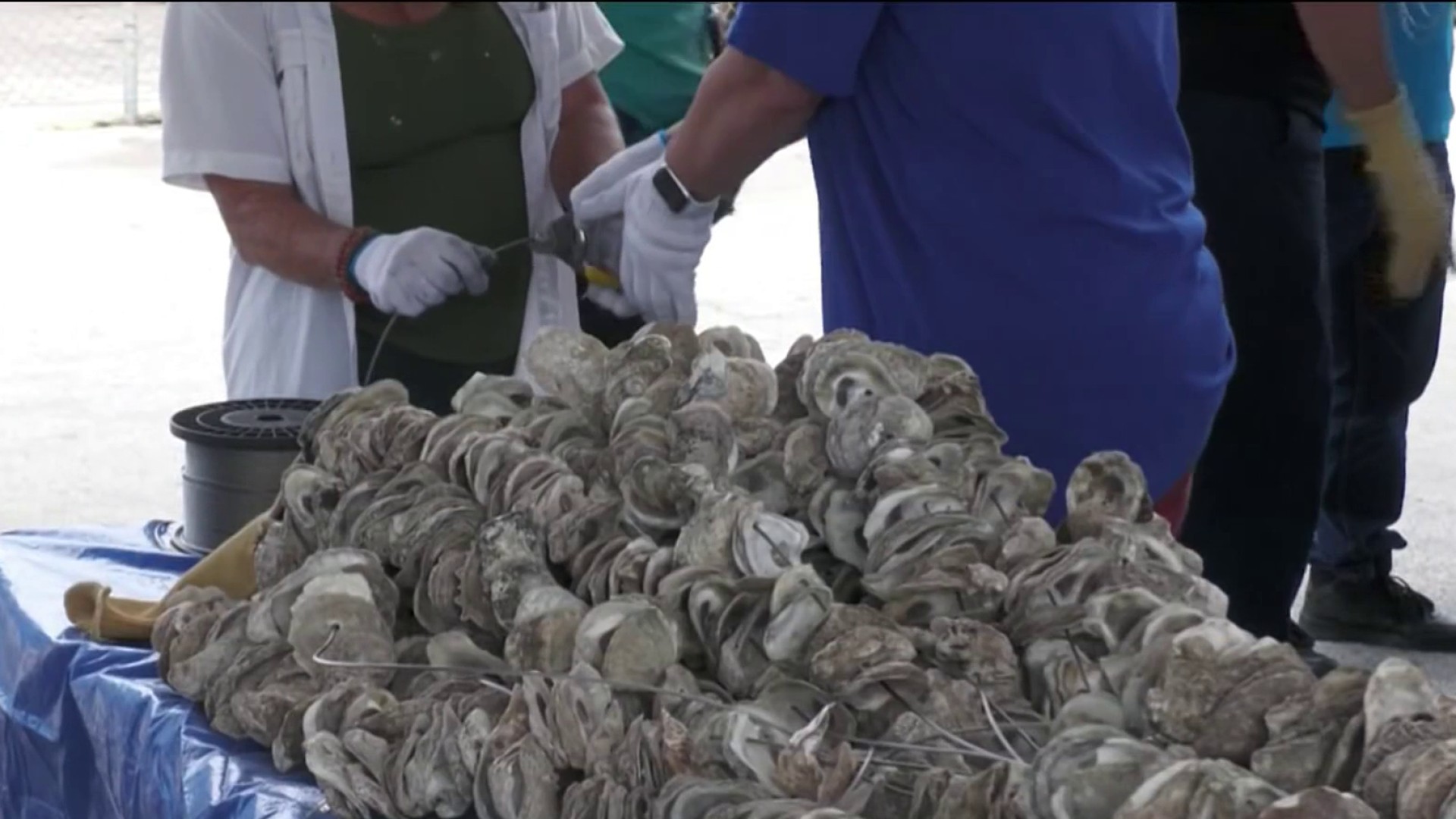As the Miami Marlins owner considers offers to buy the team, the public that funded the bulk of the $600 million stadium and garage complex is bracing for one final insult: a delay in any sale beyond March of next year. After that date, local governments would receive no share of net profits.
That was part of the deal owner Jeffrey Loria cut with Miami-Dade County and the City of Miami, in exchange for the governments taking on a debt load of more than $2.6 billion – including all the interest that must be paid over the decades.
Under the agreement, the share of net profits that would be paid to the governments from any sale decreased from 70 percent in 2009 to 5 percent. It drops to zero after the stadium’s been open for six years. That date would be March 31, 2018, according to a county spokesperson.
County Mayor Carlos Gimenez looks at the history of the public involvement in Marlins Park and sees a field of broken promises.
But Gimenez, whose opposition to the stadium deal when he was on the county commission helped propel him to the mayor’s seat, added, “I never believed them anyway. Stadiums, for all the claims that are made, are not about economic development.”
But this deal has helped Loria’s personal economics, as he fields offers reportedly of around $1.3 billion for the team.
“Mr. Loria is going to pocket hundreds of millions of dollars off basically what started out as a $30 million investment,” Gimenez said.
Local
The exact amount of any profit sharing is unknown, because key factors – such as sale price, existing team debt, transaction costs and taxes – are unknown.
The team declined to comment on any aspect of the potential sale, including whether it would seek to close the deal before April 2018.
One factor that is known: the team will be valued at $500 million in the calculation used to determine the total profit. So, if the team sells for $1.3 billion, the gross profit would be $800 million. But five percent of a much smaller sum – the net proceeds -- would be shared by the city and county after transaction-related expenses and taxes are deducted, according to the agreement.
With a deadline looming for the public to share in that investment, Gimenez is concerned about one last blow.
“The final insult is if it’s somehow crafted so it closes after April first, so that there would be no sharing in this revenue,” said Gimenez. “We’re the majority partners in this deal in this stadium. We own this stadium.”
And the City of Miami owns parking garages, including more than 57,000 square feet of retail space that was envisioned as bustling commercial real estate feeding off the crowds and excitement of the stadium.
But the crowd sizes -- projected by the team in an economic analysis paid for by the team as it tried to persuade the public to fund the stadium – never materialized.
The NBC 6 Investigators found the team projected it would attract 12.8 million fans over its first five years in the stadium; in fact, it drew 9 million – the smallest crowds in the National League.
That economic analysis estimated the team and its fans would generate about $300 million a year in economic activity, producing $780,000 a year in sales tax revenue just for the City of Miami.
Over five years that would mean $3.9 million for the city in sales tax revenues based on projected crowds. But if the 30 percent miss on crowd size is comparable to the overestimation of sales taxes, the city’s share of sales tax revenue has come up short by nearly $1.2 million over the first five years.
And that’s not all the city has missed.
The retail spaces in the ground level of the garages owned by the city have also been a disappointment, said city commissioner Frank Carollo, who was not on the commission when it approved the stadium deal in 2009.
“Well the retail we had issues at the beginning,” he said. “No doubt about it’s been slow, it’s been a very slow process.”
The city has actually spent more paying would-be tenants to fix up the spaces they promise to rent -- $1.6 million, plus future credit of more than $1 million to an as-yet unopened microbrewery – than it has collected in rent ($452,000 since October 2014). The tenant improvement allowances and rent credits are common provisions in leases, when the tenant is spending money to turn the landlord’s space into something suitable for commercial enterprises. In the city garages’ case, the property is turned over as a “cold, dark shell,” basically what it sounds like: empty space with dirt floors, no air conditioning, no interior walls, no indoor plumbing or electrical connections.
Five years after opening, most of the garage retail space remains closed to the public. And what is open is not exactly a thriving entertainment hotspot: a dialysis center and a primary care medical center occupy 92 percent of the space currently open to the public. The rest is a Subway restaurant and what was a cigar shop, but is now a cafeteria – something the city says is an unpermitted use under the owner’s lease which will result in a notice of default being served this week.
One sign of hope: Nightlife Brewing Company is preparing to open in a few weeks in about 10,000 square feet of space in a garage that fronts on NW 7th Street. In exchange for spending at least $900,000 fixing up the space, the microbrewery will pay no base rent for two years. Combined with more credits in the following five years, the total rent abatement will total more than $1 million over seven years.



